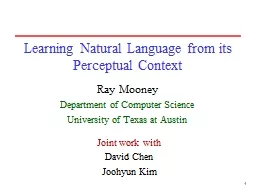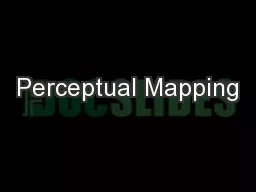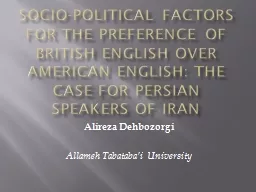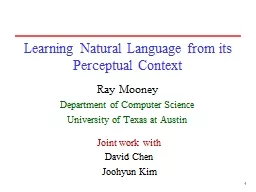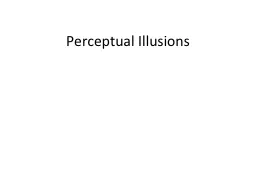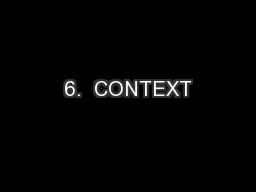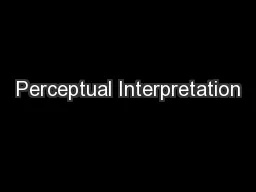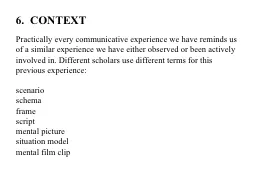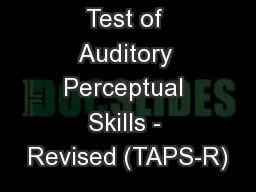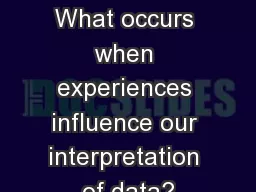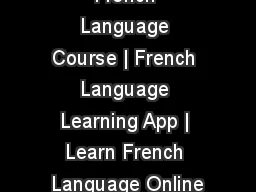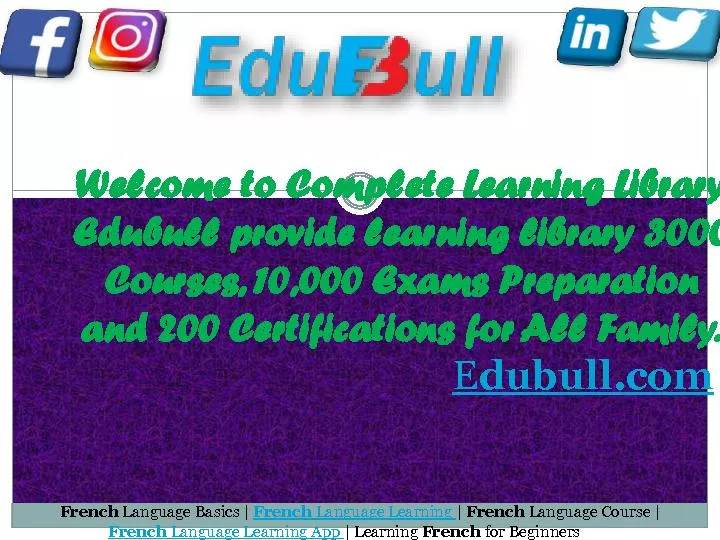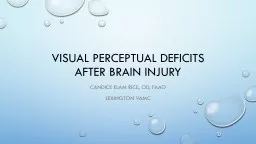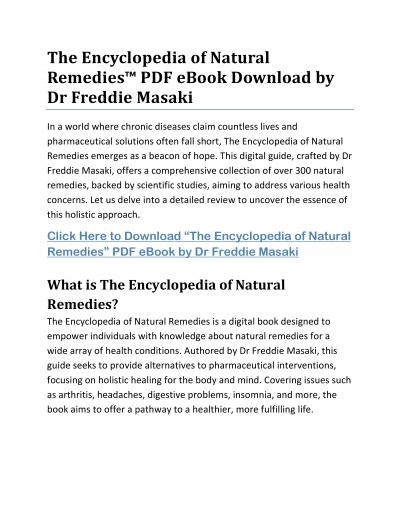PPT-1 Learning Natural Language from its Perceptual Context
Author : faustina-dinatale | Published Date : 2019-11-20
1 Learning Natural Language from its Perceptual Context Ray Mooney Department of Computer Science University of Texas at Austin Joint work with David Chen Joohyun
Presentation Embed Code
Download Presentation
Download Presentation The PPT/PDF document "1 Learning Natural Language from its Per..." is the property of its rightful owner. Permission is granted to download and print the materials on this website for personal, non-commercial use only, and to display it on your personal computer provided you do not modify the materials and that you retain all copyright notices contained in the materials. By downloading content from our website, you accept the terms of this agreement.
1 Learning Natural Language from its Perceptual Context: Transcript
Download Rules Of Document
"1 Learning Natural Language from its Perceptual Context"The content belongs to its owner. You may download and print it for personal use, without modification, and keep all copyright notices. By downloading, you agree to these terms.
Related Documents

